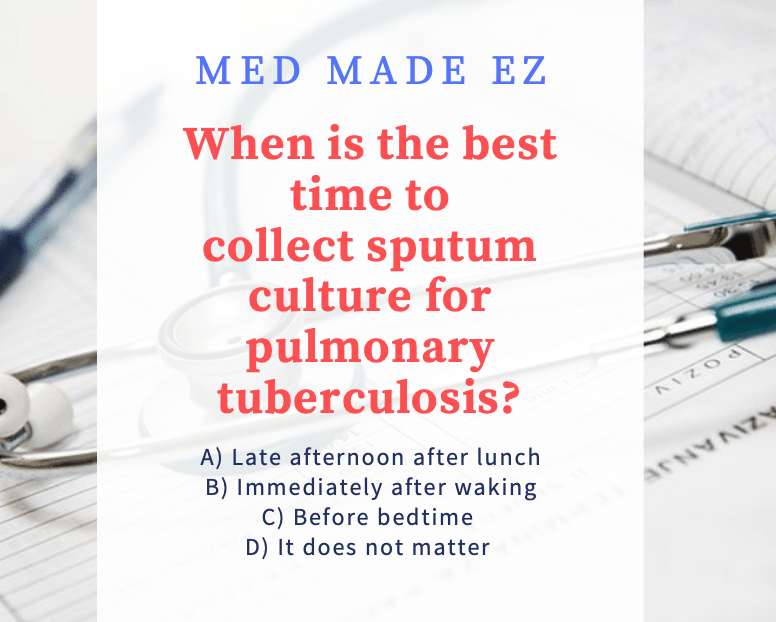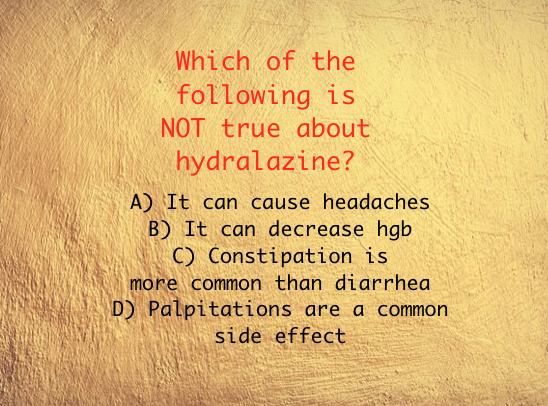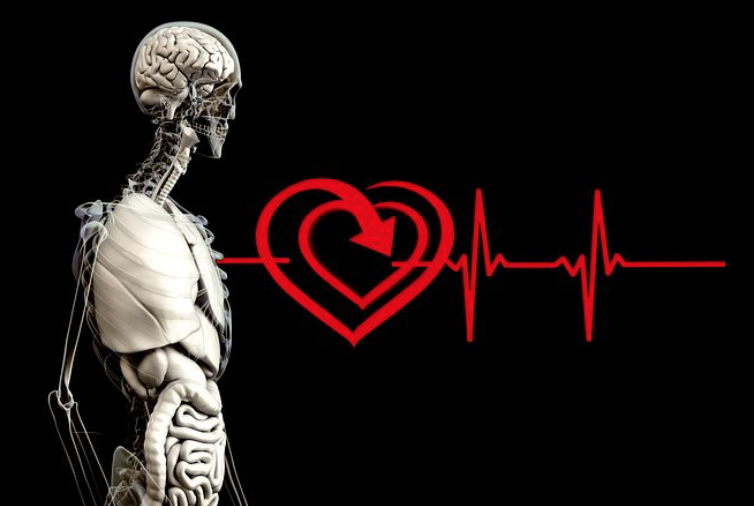WANT THE MOST CURRENT QUESTIONS SENT TO YOU? SIGNUP:
[jetpack_subscription_form]
Nursing Student? Studying for NCLEX? New Nurse? Medical professional. Check out Med Made Ez channel! All sorts of medical topics made easy.
Example Video:
TODAY’S TEST QUESTION:

CORRECT ANSWER:
FALSE
MORE INFORMATION
- Chlorine is a chemical that helps to kill germs within a pool.
- But not every germ is killed instantaneously.
- Typically most germs will be eliminated in a few minutes.
- However some germs, such as Crypto, can actually hang around in the pool for 7 days or more, (that is if the chlorine in the pool is inadequate).
- Crypto is one of the top problems with swimming pool related diseases.
- The Center for Disease Control (CDC) & National Swimming Pool Foundation (NSPF) say that “properly treated swimming pools do not have a strong chemical smell. However, when chlorine in pool water combines with pee, poop, sweat, and dirt from swimmers’ bodies, chemical irritants called chloramines are produced. These chloramines give off a chemical odor, cause eyes to get red and sting, and use up the chlorine, meaning there is less to kill germs.” (2)
RECOMMENDS
- It is recommended that anyone getting into a pool should shower for at least 1 minute before getting into the pool. This helps to wash away any bacterias they may carry with them.
- People should not swim if they have diarrhea.
- Even the smallest amount of diarrhea can spew millions of germs into the pool (per CDC).
- Some of the germs included are: Crypto (short for Cryptosporidium), Giardia, Shigella, norovirus, and E. coli.
- Think about if you are in the water and get this in your eyes, mouth, and other parts of your body.
- CDC recommends several things to help become aware of suspicious pools.
- Strong smelling chlorine pool is often a good indicator not to get into that pool.
- There are actually pool test strips that you can get.
- CDC recommends doing your own mini-inspection.
- You can actually test to see if the chlorine or bromine level and pH are correct.
- Level of pH should usually be around 7.2–7.8. (1)
Per NSPF some other things that you can do to inspect the pool to see if safe is to check the following (2):
- STAND at the edge of the pool, can you see the drain in the bottom of the deep end?
- LOOK at the drain covers at the bottom of the pool. Do the look secure and in “good repair”?
- LOOK Is a lifeguard on duty? If not, is safety equipment available?
- SMELL-Is the pool free of strong chemical odors?
REFERENCES:
MORE TEST QUESTIONS:
- Steroid Cream
- Sitz Bath
- Cluster Headache
- Pronator Drift
- End Stage Renal Disease Diet
- Lochia Rubra
- Beefy Red Tongue
- Crutches
- Medication & Juice
- Teeth Clenching
- HELLP Syndrome
- Baby’s First Stool
- AND MORE TEST QUESTIONS




